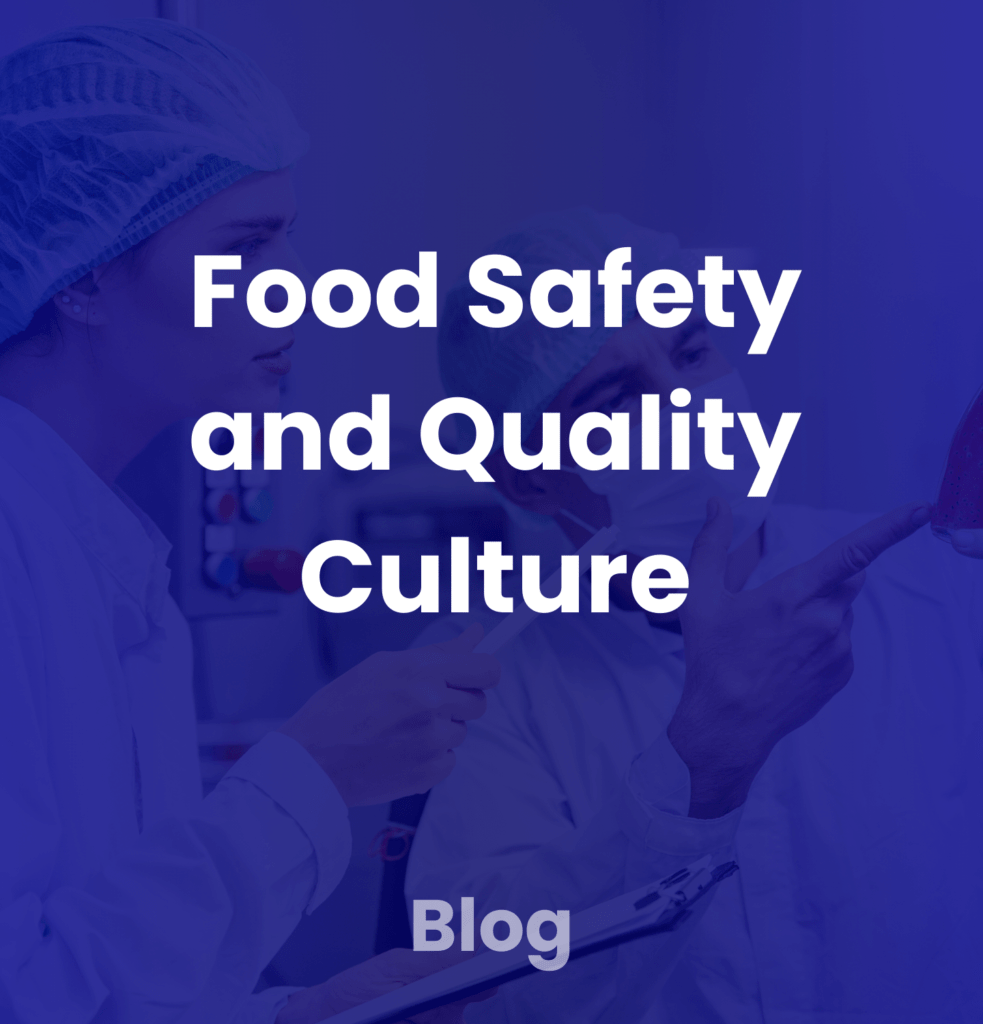
Sector-Specific Information
The Food Industry Hub knowledge centre delivers a wide range of sector-specific information for food industry professionals.
The below is one topic from our knowledge centre. You can return to all topics by clicking here.
Categorisation of Food Quality Defects
Definition
Food quality defects are any undesirable attributes that diminish a product’s value, appeal, or suitability for sale. These defects may arise from raw materials, occur during processing, or develop during storage and distribution. Categorising these defects helps food manufacturers systematically address issues, comply with regulatory standards, and maintain customer satisfaction.
Defects are typically classified based on their nature (e.g., physical, chemical, microbiological), source (e.g., raw material, process, or storage), or impact on product quality. Common categories include visual flaws, flavour abnormalities, texture deviations, contamination (physical, chemical, or microbiological), and chemical imbalances.
Practical Application
In food manufacturing, categorising quality defects is part of maintaining consistent production standards and adhering to the requirements of the safety and quality management system. Manufacturers often rely on a mix of sensory evaluations, laboratory analyses, and automated inspection systems to identify and classify defects.
For example:
- Visual Defects: Inconsistent bread crust colour may indicate issues in oven temperature control, while foreign objects like plastic in a salad could signal a breakdown in raw material inspection or equipment maintenance.
- Flavour Issues: Off-flavours in milk may arise from microbial contamination or improper storage temperatures, highlighting process or supply chain gaps.
- Texture Problems: Tough meat can result from inadequate tenderisation, while soggy biscuits may be due to moisture ingress during packaging or storage.
- Microbiological Defects: Spoilage micro growth in ready-to-eat products often links back to sanitation failures or improper cooling.
- Chemical Defects: Excessively high salt levels in processed foods might be the result of formulation errors or equipment calibration issues.
Such categorisations assist in isolating root causes, focusing improvement efforts, and aligning with systems like Hazard Analysis Critical Control Point (HACCP), which prioritise defect prevention at critical stages of production.
Related Concepts
- Quality Control (QC): Focuses on defect detection through routine inspections and testing of materials and finished products.
- Quality Assurance (QA): Involves system-wide measures, such as process validation and supplier approval, to prevent defects before they occur.
- Good Manufacturing Practices (GMP): Provides guidelines to minimise defects related to hygiene, handling, and facility operations.
- Six Sigma: Utilises statistical tools to identify and reduce variations, addressing root causes of defects in processes.
- Total Quality Management (TQM): Encourages a company-wide approach to defect reduction and continuous quality improvement.
Expert Insights
Defect management in the food industry has evolved significantly, with a shift towards proactive and technology-driven approaches. Experts emphasise that categorisation is not merely about identifying defects but about facilitating continuous improvement. Key insights include:
- Data-Driven Trends Analysis: Documenting and analysing defect data across production cycles helps anticipate recurring issues and optimises resource allocation.
- Predictive Maintenance: Integrating predictive tools into production systems can prevent process disruptions that often lead to defects, such as equipment malfunctions or unanticipated raw material variability.
- Proactive Risk Management: Emphasising risk-based approaches (e.g., HACCP, FMEA) ensures that potential defects are addressed before they occur, improving product reliability.
Conclusion
Effective categorisation of food quality defects enables manufacturers to safeguard product integrity, maintain consumer trust, and meet stringent regulatory requirements. By systematically addressing physical, chemical, and microbiological issues, manufacturers can refine processes, improve supply chain robustness, and enhance quality control measures. Leveraging advanced tools like automation and predictive analytics further strengthens defect prevention and quality assurance frameworks, helping companies adapt to modern food safety challenges and evolving consumer expectations.
Food Industry Hub Management Systems can significantly boost the effectiveness of your food safety and quality management system, leading to improved confidence and elevated quality assurance throughout your operations.
About The Food Industry Hub Knowledge Centre
The Food Industry Hub knowledge centre delivers informative content on a variety of topics pertinent to the food manufacturing industry.
You can return to all topics by clicking here.
We regularly produce new content for food industry professionals, and the Food Industry Hub Mail Service is the best way to stay up to date with the latest additions.
Signup today to be added to the Food Industry Hub mailing list.










